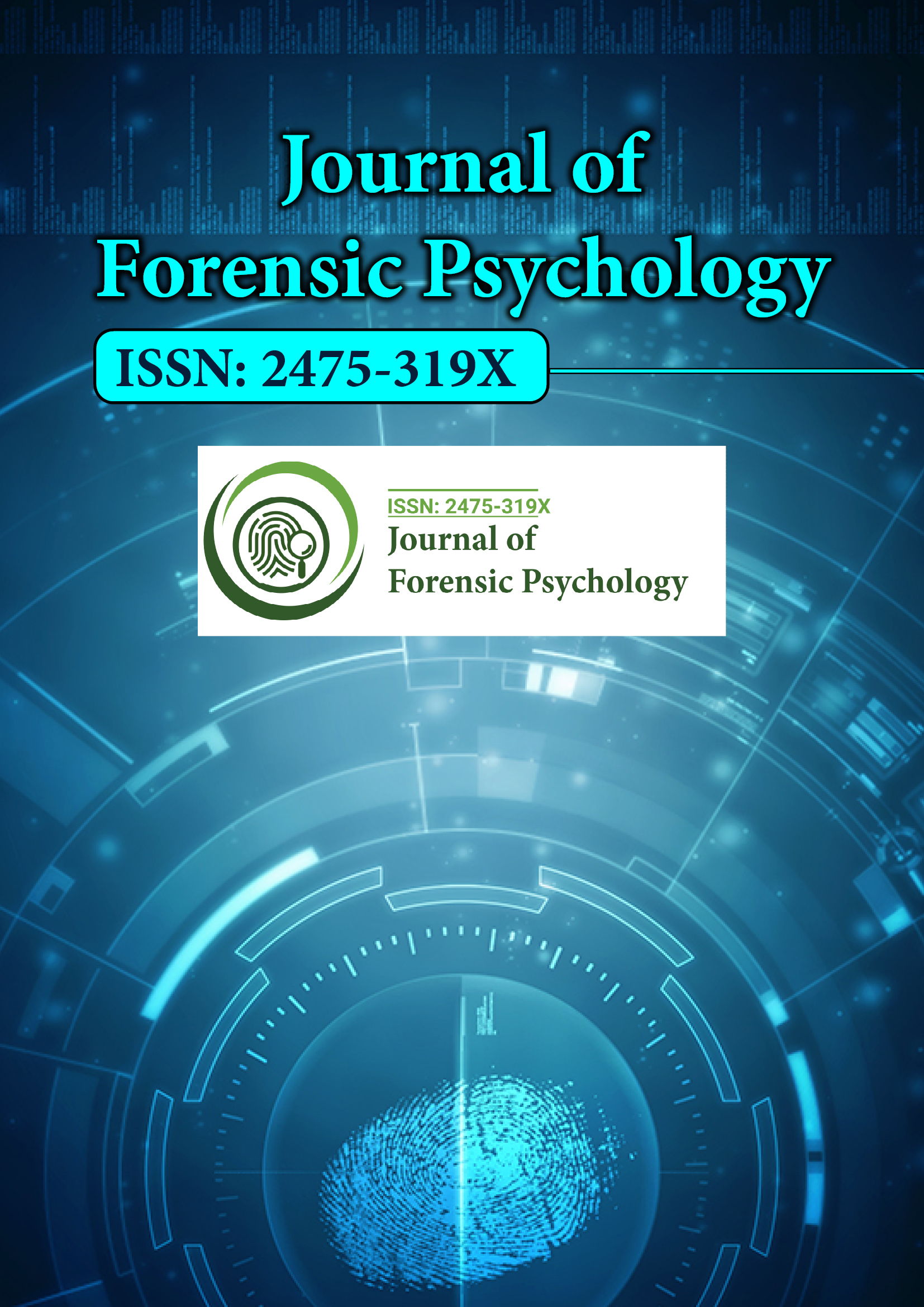Indexado em
- RefSeek
- Universidade de Hamdard
- EBSCO AZ
- publons
- Fundação de Genebra para Educação e Pesquisa Médica
- Euro Pub
- Google Scholar
Links Úteis
Compartilhe esta página
Folheto de jornal

Periódicos de Acesso Aberto
- Agro e Aquicultura
- Alimentos e Nutrição
- Bioinformática e Biologia de Sistemas
- Bioquímica
- Ciência de materiais
- Ciencias ambientais
- Ciências Clínicas
- Ciências Farmacêuticas
- Ciências gerais
- Ciências Médicas
- Cuidados de enfermagem e saúde
- Engenharia
- Genética e Biologia Molecular
- Gestão de negócios
- Imunologia e Microbiologia
- Neurociência e Psicologia
- Química
Abstrato
Comportamentos necrofílicos no local do crime no contexto do homicídio sexual: um estudo de casos múltiplos
Ewa Stefanska, Adam Carter, Mark Pettigrew, Tamsin Higgs
Entre os casos mais complexos enfrentados pelos profissionais forenses encarregados da avaliação de riscos e de intervenções comportamentais ofensivas estão aqueles que perpetraram homicídio sexual envolvendo comportamentos parafílicos, ainda mais quando isso inclui atos sexuais post mortem. Existe muito pouca investigação empírica sobre o comportamento necrófilo no homicídio sexual para orientar a formulação de casos clínicos-forenses, e existem opiniões académicas conflituantes sobre a importância do comportamento necrófilo como indicador de sadismo sexual. Para abordar estas questões, foram examinadas as características do crime e do agressor de 25 cinco perpetradores de homicídio sexual. Todos se envolveram em comportamentos inequivocamente necrófilos, sendo os seus atos sexuais exclusivamente após a morte da vítima. Cerca de um terço da amostra foi avaliado para garantir uma hipótese funcional de sadismo sexual de acordo com a sua pontuação na Escala de Sadismo Sexual (SeSaS). São apresentadas vinhetas destes casos juntamente com exemplos de casos não sexualmente sádicos, de forma a demonstrar o diferente significado funcional do comportamento necrófilo. As implicações teóricas e clínicas são discutidas.